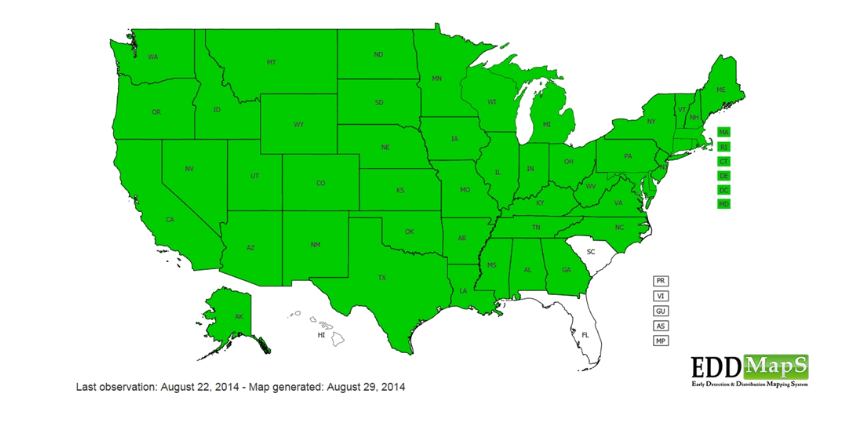A Purple Pest
Posted on 02.25.22 by Harney SWCD
Purple Loosestrife is beautiful but, as with many beautiful invasive plants, it’s a pest. The semi-aquatic perennial plant of the Lythraceae family is native of the United Kingdom, central Europe (including Russia) and southern Africa. As the photo shows, it has a striking purple flower with 5 to 7 pedals and grows up to 9 feet tall. The roots are thick and woody. It entered via the northeastern U.S., and early North Americans used it for ornamental and medicinal purposes.
The flowering parts are used as medicine and is made into tea for diarrhea and intestinal problems, menstrual problems and bacterial infections. In other uses the plant is directly applied to treat varicose veins, bleeding gums, hemorrhoids and eczema. There is no scientific evidence to support any of these treatments.
The plant is found in nearly all fifty states (see map) and grows abundantly in wetlands, along stream banks, lakeshores, marshes, bogs–really any soil that holds a lot of moisture.
The only current known control for Purple loosestrife is biological, a beetle.


